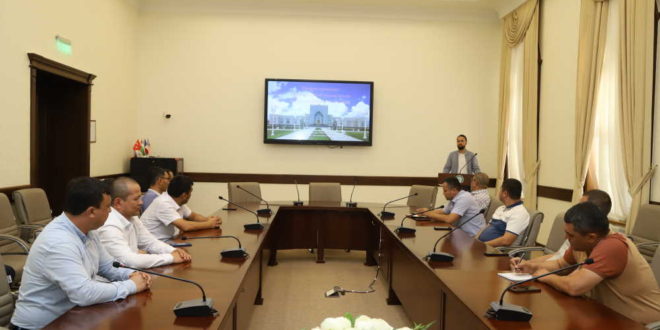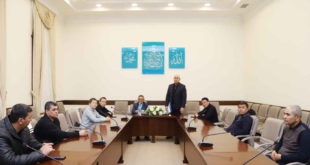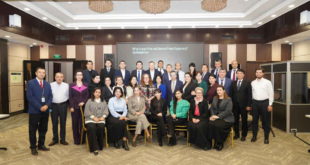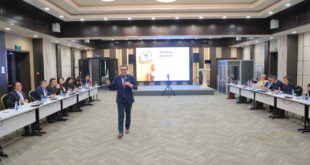At the Imam Bukhari International Scientific Research Center, a lecture was delivered by Aynaz Zaripov—Master’s student in Theology, researcher at the Russian Islamic University, Sharia scholar, and imam—on the topic of ‘The Dissemination of the Maturidi Creed among Tatar Scholars.
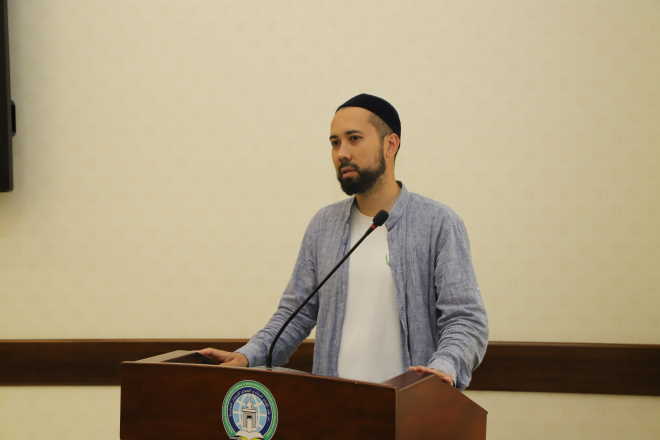

As noted, Tatar Islamic traditions have for centuries been grounded in Hanafi jurisprudence, the Maturidi creed, and Sharia-based Sufism, a distinctive model that scholars applied widely until 1917.
Shaykh Muhammad Murad Ramzi, in his work Tarikh ‘Ulama’ Bulghar wa Kazan (“The History of the Scholars of Bulghar and Kazan”), writes the following about Tatar scholars: ‘In matters of creed, all of them are Sunni-Maturidis; in matters of practice, they are Hanafis. Until this day, not a single innovator has emerged among them.’
According to the scholarly analysis presented in the lecture, during the pre-revolutionary period 137 books were taught in Tatar madrasas, a substantial portion of which were devoted to theological (aqidah) issues. The principal manual was ‘Aqa’id al-Nasafiyyah, whose most authoritative commentary was authored by al-Taftazani. This work was republished at least fifteen times in Tatar madrasas and was widely studied.
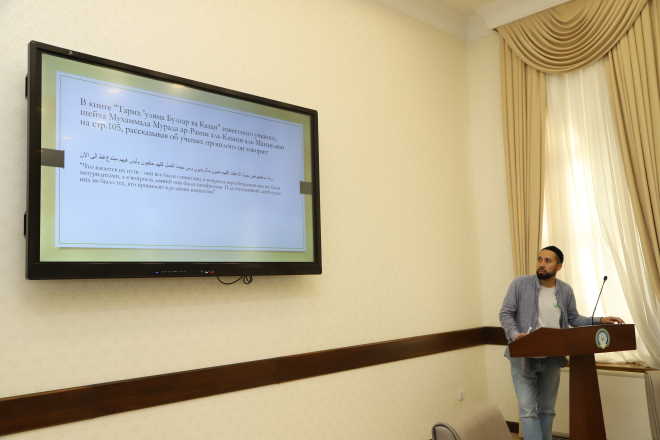
The lecture also referred to the intellectual debates surrounding two important works authored by Abdunnasir Kursavi, as well as Shihab al-Din Marjani’s treatise al-Hikma al-Baligha al-Janiyya. These writings demonstrate the high scholarly level and intellectual complexity of the Islamic heritage.
It was further emphasized in the lecture that Tatar scholars attached primary importance to the sciences of creed (‘aqidah), that traditional classical sources were employed as the principal textbooks in madrasas, and that Sunni-Maturidi views have continued to be preserved as the main doctrinal orientation among Muslim communities.

Aynaz Zaripov concluded with the following remarks: “For centuries, the Maturidi creed has served as the spiritual foundation and principal pillar of religious unity among Tatar Muslims. Even today, the thorough study of this legacy, its faithful transmission from generation to generation, and its development in contemporary contexts remain an essential task.”
Imam Bukhari International Scientific Research Center
Press Service
 Imom Buxoriy xalqaro ilmiy-tadqiqot markazi bukhari.uz
Imom Buxoriy xalqaro ilmiy-tadqiqot markazi bukhari.uz
